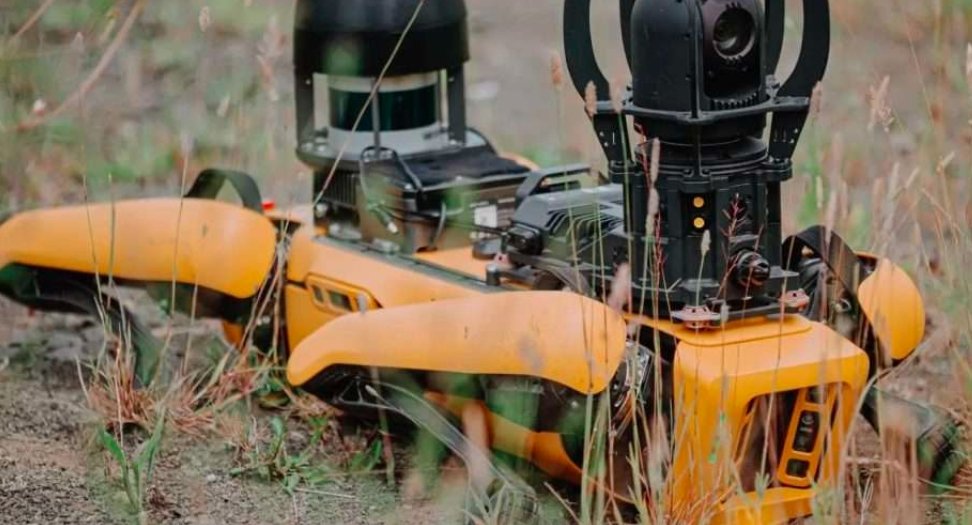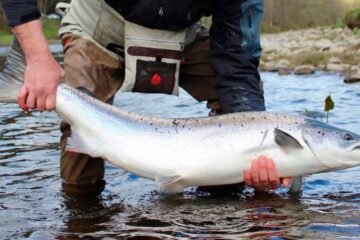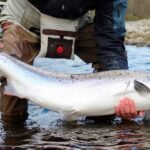A new wave of 5G-enabled robotics is taking root in Scotland’s fields, promising to tackle some of farming’s toughest challenges — from labour shortages to sustainable food production.
Scotland’s Tech and Farming Minds Join Forces
At the heart of this push is a powerhouse collaboration: The National Robotarium at Heriot-Watt University, The James Hutton Institute, The Scotland 5G Centre, Boston Dynamics, and Freshwave. Together, they’re developing robots that do more than just trundle up and down fields — they gather real-time data, chat with each other over high-speed private 5G networks, and adjust their actions plant by plant.
Andrew Christie, an agritech specialist at The James Hutton Institute, calls it the next step in data-driven farming. “A big barrier has been the speed and reliability of real-time communication,” he says. “5G private networks finally give us that.”

Bringing Precision to Every Plant
Traditional farming still relies on blanket treatments — entire fields sprayed or fertilised the same way, even if some areas don’t need it. That wastes money and resources.
This new generation of robots flips that on its head. Armed with sensors, they can:
-
Scan each plant’s health.
-
Spot early signs of disease or pests.
-
Apply fertiliser only where it’s needed.
-
Monitor soil conditions to fine-tune irrigation.
Real-time data zips through the 5G network to the cloud, giving farmers a living, breathing digital twin of their fields.
Portable 5G: Solving the Rural Connectivity Puzzle
One big sticking point for farming tech? Rural connectivity. Good luck live-streaming drone footage or robotic feeds when you’re miles from the nearest mast.
The project’s workaround is pretty clever — portable private 5G networks that can be set up on any farm. These act like mobile phone towers just for your land, creating a secure, super-fast data channel for all those hungry robots and sensors.
Ruth Plant, Project Manager at The National Robotarium, said they’ve proven it can work: “What’s exciting is seeing the technology develop from idea to working demonstration. We’ve shown that portable 5G networks can deliver the speed needed for real-time robotic operations, even in the middle of nowhere.”
From Concept to Reality
At a recent demonstration in Edinburgh, researchers showed off robots connected to portable 5G hubs, streaming high-def video and creating detailed field maps. Future versions will even use AI-powered cameras to spot crop diseases or pest infestations days before the human eye can.
Ian Sharp from The Scotland 5G Centre believes the tech could cut costs and boost yields: “We’re seeing how advanced wireless communications can unlock totally new ways of working.”
Scotland’s £2.2 billion agricultural sector may need it. With food demand set to rise more than 50% by 2050, while climate targets get stricter, efficiency isn’t just nice to have — it’s non-negotiable.
Robots, But Make It Practical
Unlike drones that rely on good weather or complex tech setups, these robots are designed to be robust and flexible. They can handle uneven terrain and keep running in Scotland’s famously changeable climate.
And because the network is portable, a farmer can move it from field to field as needed — no huge upfront costs for infrastructure.
In future, this approach could open the door to swarm robotics, where fleets of robots work together like bees in a hive — all co-ordinated via 5G.
Farming’s Digital Leap
Of course, robots alone won’t solve every issue — but for farmers wrestling with rising costs, labour gaps, and sustainability demands, every tool helps.
The message from the project’s backers is clear: this isn’t some far-off vision. It’s here. It’s being tested on real farms. And it’s designed to make the business of growing food smarter, more efficient, and better for the planet.
Scotland may be famous for its rugged farms and centuries-old traditions. Now, it’s helping prove that the future of farming could be autonomous, connected — and just a click away.


















